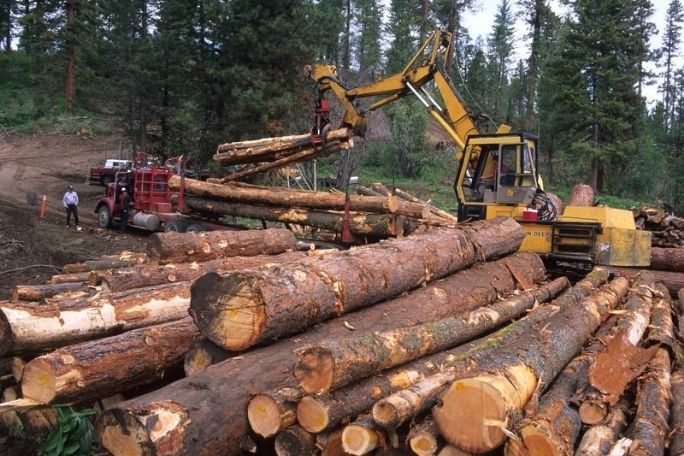Lesson summary
Students explore how humans’ management of spaces can negatively affect the environment and potentially contribute to disasters. They create a communication piece arguing for more environmentally conscious management of these practices.
Learning intentions:
Students will...
- explore the negative impact human actions can have on the environment.
Success criteria:
Students can...
- explain how floodplain harvesting reduces the availability of natural water resources for farmers and the environment.
- make connections between the human management of spaces and the negative consequences for the environment, including resulting natural disasters such as bushfires, floods, and droughts.
- create a communication piece that promotes awareness of the issue and advocates for more environmentally conscious management practices of natural spaces.
Lesson guides and printables
Curriculum links
Select your curriculum from the options below.
Lesson details
Curriculum mapping
Australian Curriculum content descriptions:
Year 5 HASS Geography:
- The environmental and human influences on the location and characteristics of a place and the management of spaces within them (ACHASSK113).
Relevant parts of Year 5 HASS Geography achievement standards: Students identify and describe the interconnections between people and the human and environmental characteristics of places, and between components of environments.
Syllabus outcomes: GE3-2, GE3-3.
General capabilities: Critical and Creative Thinking, Personal and Social Capability.
Cross-curriculum priority: Sustainability.
Level of teacher scaffolding: Medium – Facilitate class discussion and explicit learning, support students in independent tasks.
Resources required
- Art supplies – coloured pencils or texta
- Device capable of presenting a video to the class
- Individual devices capable of accessing the internet – one per student
- White paper – A3 in size
Skills
This lesson is designed to build students’ competencies in the following skills:
- Communication
- Community engagement
- Creativity
- Critical thinking
Additional info
We encourage you to undertake the free PD Course How to teach a unit on fire and flood resilience for tips on how to best deliver this lesson.
If you’re concerned about the challenging nature of these topics, consider the free PD Course How to approach trauma in the classroom for information on how best to support your students.


Welcome back!
Don't have an account yet?
Log in with:
Create your free Cool.org account.
Many of our resources are free, with an option to upgrade to Cool+ for premium content.
Already have an account?
Sign up with:
By signing up you accept Cool.org's Terms and Conditions(Opens in new tab) and Privacy Policy(Opens in new tab).